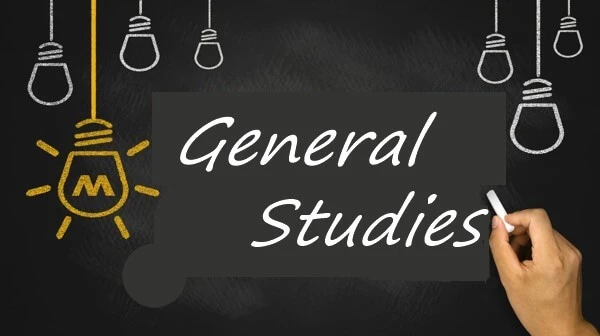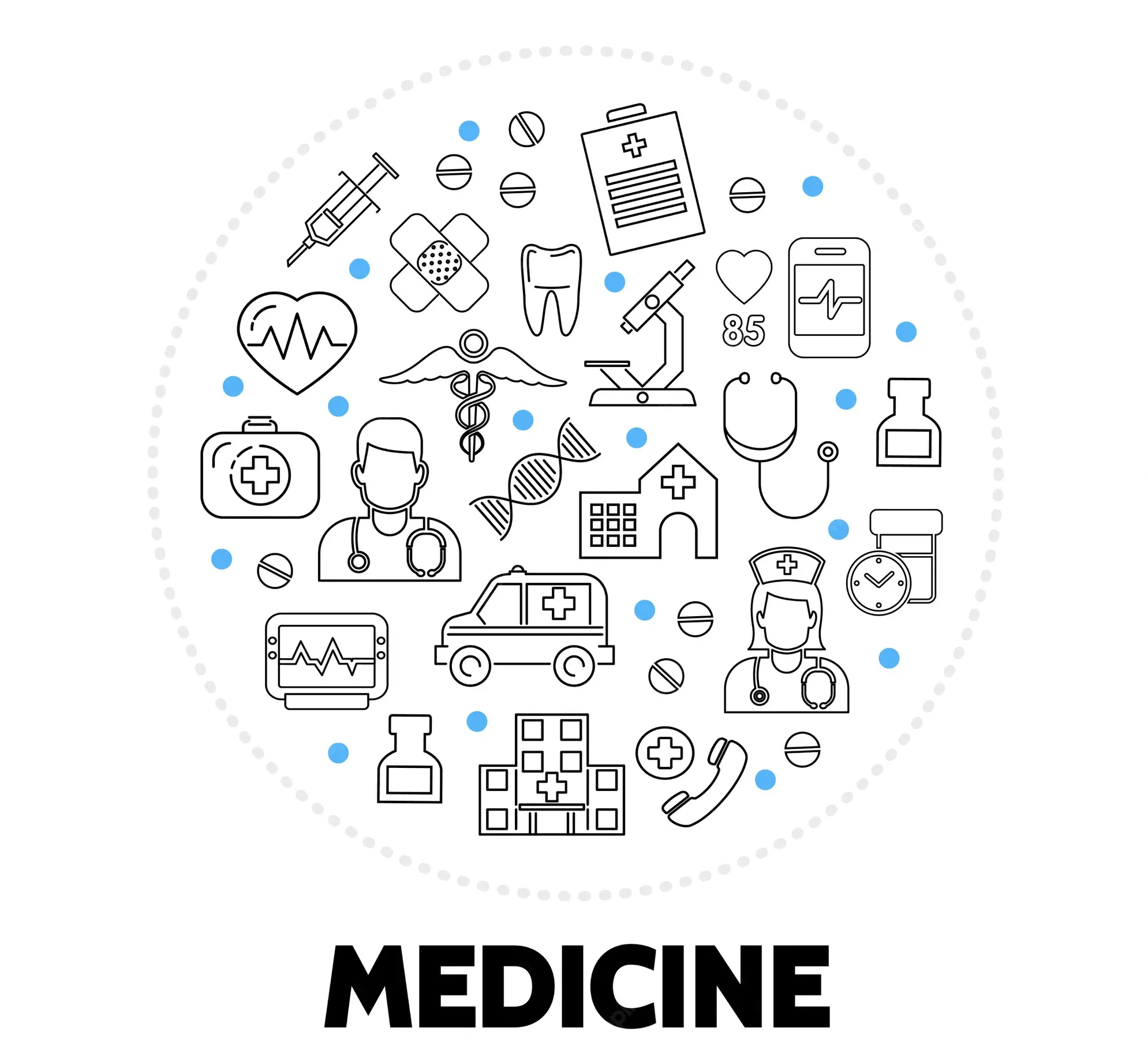Ionic Solid Books
Author: CHM
School: University of Ilorin
Department: Science and Technology
Course Code: CHM132
Topics: crystallography
Unit Operations of Chemical Engineering, 5th edition
Author: Warren McCabe, Julian Smith, Peter Harriott
School: Institute of Management Technology
Department: Engineering
Course Code: CHE303
Topics: Fluid Mechanics, Fluid-Flow Phenomena, Equations of Fluid Flow, Flow of Incompressible Fluids, Flow of Compressible Fluids, Flow past immersed bodies, Transportation of fluids, Metering of fluids, Agitation of liquids, mixing of liquids, Heat transfer, heat flow in fluids, Heat transfer to fluids without phase change, Heat transfer to fluids with phase change, Radiation heat transfer, Heat exchange equipment, Evaporation, Equilibrium stage operations, Distillation, multicomponent distillation, Leaching, Extraction, Diffusion, Mass Transfer between Phases, Gas Absorption, Humidification Operations, Drying of Solids, Adsorption, Membrane Separation Processes, Crystallization, Properties of Particulate Solids, Handling of Particulate Solids, Mixing of Particulate Solids, Mechanical Separations
Shriver & Atkin's inorganic chemistry
Author: Peter Atkins, Tina Overton, Jonathan Rourke, Mark weller, Fraser Armstrong, Michael Hagerman
School: University of Ibadan
Department: Science and Technology
Course Code: CHE126
Topics: Inorganic chemistry, atomic structure, atomic orbitals, molecular structure, bonding, Lewis structure, valence bond theory, Molecular orbital theory, ionic solids, ionic bonding, semiconduction, acid, base, Brønsted acidity, Lewis acidity, oxidation, reduction, reduction potentials, redox stability, Molecular symmetry, isomerism, coordination compounds, chirality, spectroscopy, chemical analysis, Magnetometry, periodic trends, Group 1 elements, Group 2 elements, hydrogen, Group 13 elements, Group 15 elements, Group 14 elements, Group 16 elements, d-Block elements, Representative compounds, Electronic spectra, Magnetism, Coordination chemistry, Ligand substitution reactions, Ligand substitution, Redox reactions, Photochemical reactions, Lanthanoid chemistry, Actinoid chemistry, ligands, Solid-state chemistry, materials chemistry, Metal oxides, nitrides, fluorides, Chalcogenides, intercalation compounds, Hydrides, inorganic pigments, Semiconductor chemistry, Molecular materials, fullerides, catalysis, Homogeneous catalysis, Heterogeneous catalysis, Hybrid catalysis, Characterization, fabrication, Nanomaterials, nanoscience, nanotechnology, Self-assembled nanostructures, Bioinorganic nanomaterials, Biological inorganic chemistry, Catalytic processes, Biological cycles, Chelation therapy, nitrogen cycle, hydrogen cycle, acid-base catalysis, Tethered catalysts, Electrocatalysis, Alkene polymerization, Ammonia synthesis, Hydroformylation, Alkene metathesis
33 Years NEET-AIPMT Chapterwise - Topicwise Solutions Chemistry
Author: MTG Editorial Board
School: International Exams
Department:
Course Code: NEET, AIPMT
Topics: chemical combination laws, Dalton's atomic theory, atomic masses, molecular mass, empirical formula, molecular formula, chemical reactions, stoichiometry, atomic number, isotopes, isobars, Heisenberg uncertainty principle, quantum numbers, Pauli exclusion, Hund's rules, atom electronic configuration, ionic radii, ionization enthalpy, electron gain enthalpy, electronegativity, valence, valence electrons, chemical bonding, molecular structure, ionic bond, covalent bond, Lewis structure, valence bond theory, VSEPR theory, Boyle's law, Charles's law, Gay Lussac's law, Avogadro's law, thermodynamics, equilibrium, Redox reaction, hydrogen, Alkali earth metals, alkaline earth metals, organic chemistry, hydrocarbons, alkanes, alkenes, alkynes, aromatic hydrocarbons, Benzene, aromacity, environmental chemistry, solid state, solutions, electrochemistry, chemical kinetics, surface chemistry, coordination compounds, Haloalkanes, alcohols, phenols, ethers, Aldehydes, ketones, carboxylic acids, amines, cyanides, Diazonium, salts, biomolecules, carbohydrates, proteins, hormones, vitamins, nucleic acids, DNA, RNA, polymers
Author: Abdulwahab
School: Air Force Institute of Technology
Department: Engineering
Course Code: GET212
Topics: corrosion, types of corrosion, corrosion control, crystalline materials, space lattice, unit cells, metal solidification, cooling curves, Electrochemical corrosion, metallic solid solution, Substitutional solid solutions, Interstitial solid solutions, binary isomorphous alloy systems
Chemistry - Study and Revision Guide
Author: Christopher Talbot, Richard Harwood
School: Federal University of Agriculture, Abeokuta
Department: Science and Technology
Course Code: CHM101
Topics: stoichiometry, mole concept, gases, reacting mass, reacting volume, atomic structure, nuclear atom, electron configuration, periodicity, periodic table, periodic trends, chemical bonding, chemical structure, ionic bonding, ionic structure, covalent bonding, covalent structures, intermolecular forces, metallic bonding, thermochemistry, Hess's law, bond enthalpies, chemical kinetics, collision theory, rate of reaction, equilibrium, acid, base, pH scale, strong acid, strong base, acid deposition, redox process, oxidation, reduction redox processes.electrochemical cells, organic chemistry, functional group chemistry, periodic table, transition metals, chemical bonding, chemical structure, hybridization, energy cycles, entropy, spontaneity, reaction mechanis, .activation energy, Lewis acid, Lewis base, organic chemistry
Chemical Principles (Part 1), 6th edition
Author: Peter Atkins, Loretta Jones, Leroy Laverman
School: Edo University
Department: Science and Technology
Course Code: CHM111
Topics: atoms, radiation, atomic spectra, quantum theory, uncertainty principle, atomic orbitals, electron spin, hydrogen atom, chemical bonds, ionic bonds, covalent bonds, VSEPR model, valence-bond theory, molecular orbital theory, Gas laws, gas density, molecular motion, real gases, liquid, solids, intermolecular forces, liquid structure, solid structure, liquid crystals, inorganic materials, metallic materials, hard materials, nanomaterials, thermodynamics, enthalpy, heating curves, Born-Haber cycle, bond enthalpies, entropy, Gibbs free energy, physical equilibria, solubility, colligative properties, binary liquid mixtures
Author: Gaurav Tripathi
School: University of Nigeria, Nsukka
Department: Engineering
Course Code: EGR201
Topics: Materials Science, materials Engineering, Rutherford model, Bohr model, atom, De- Broglie’s atomic model, Atomic bonding, ionic bonding, covalent bonding, Secondary Bonding, metallic bonding, Fluctuating Induced Dipole Bonds, Polar Molecule-Induced Dipole Bonds, Permanent Dipole Bonds, Crystallography, crystal structures, Crystal Lattice, Bravais lattices, Metallic Crystal Structures, Polycrystalline Materials, Non-Crystalline Solids, Miller Indices, Point Defects, Mechanical Properties of Metals, Stress-Strain curve, Elastic deformation, plastic deformation, Tensile Properties, Brinell Hardness Test, Micro-hardness Test, Knoop Hardness Test, Scleroscope Hardness Test, durometer, fracture, creep, dislocation, Solid-Solution Strengthening, Microstructural Exam, Grain size determination, carbon steel, cast iron, alloy, Dielectric Materials, Dielectric strength, Intrinsic dielectric strength, Magnetic Properties, Diamagnetism, Ferromagnetism, Ferrimagnetism, Hard Magnetic Materials, Extrinsic Semiconductor, semiconductor
Author: John Olusina Obimakinde, Samuel Oluwaseun Obimakinde
School: WAEC, JAMB & POST UTME
Department:
Course Code: CHEMISTRY
Topics: Chemistry Calculations, Masses and Formulae, Relative Atomic and Molecular Masses, Mass Percentage Composition, Valency, Chemical Formula, Empirical and Molecular Formulae, Reduced Mass, Chemical Reaction, Stoichiometry, Mole, Chemical Equations, Reaction Stoichiometry, Chemical Laws, Redox Reactions, IUPAC Nomenclature, Oxidation Number, Redox Equations, IUPAC Nomenclature of Inorganic Substances, Atomic Structure, Chemical Bonding, Dalton’s Atomic Theory, Wave-Particle Duality of Matter, Uncertainty Principle, Ionization Energy, Ionic Bond, Lattice Energy, Covalent Bond, Heat of Reaction, Dipole Moment, Formal Charge, The Gaseous State, Gas Pressure, Gas Laws, Critical Constants of Gases and Equations of State for Real Gases, Reduced State Properties, Gas Density, Gas Stoichiometry, Molar Volume of Gases, Relative Vapour Density, Gas diffusion, Mole Fraction, Kinetic Theory of Gases, The Solid and Liquid States, Vapour Pressure, Change of State, Density of Solids, X-Ray Crystallography, Determination of Viscosity of Liquids from Stokes’ Law, Surface Tension, Properties of Solutions, Concentration, Molality, Solubility, Solubility Product, Colligative Properties of Solutions, Conductance of Solutions, Quantitative Analysis, Volumetric Analysis, Gravimetric Analysis, Thermodynamics, Calorimetry, Heat (Enthalpy Change) of Physical Change, Heat (Enthalpy Change) of Reaction, Heat Capacities of Gases, Thermodynamics of Solutions, The First Law of Thermodynamics, The Second Law of Thermodynamics, Efficiency, Electrochemistry, Electrochemical Cells, Electrolysis, Chemical Equilibria, Le Chatelier’s Principle, Position of Equilibrium, Equilibrium Constant, Reaction Quotient, Acid-Base Equilibria, Acid Ionization Constants, Base Ionization Constants, Water Autoionization Constant, Hydrogen Ion Concentration, Buffer Solutions, Salts, Chemical Kinetics, Rates of Reactions, Rate Law, Nuclear Chemistry, Radioactivity, Nuclear Reactions
Principles of Physical Chemistry
Author: Madan Pathania, BR Puri, LR Sharma
School: Federal University of Agriculture, Abeokuta
Department: Science and Technology
Course Code: CHM101
Topics: Physical Chemistry, atomic spectra, chemical bonding, molecular quantum mechanics, molecular spectroscopy, gaseous state, liquid state, liquid crystals, mesomorphic state, first law of thermodynamics, second law of thermodynamics, third law of thermodynamics, thermochemistry, chemical equilibria, phase equilibria, Nernst distribution law, Ionic equilibria, elctrolytic conductance, electrolytic transferance, classical statistical mechanics, chemical kinetics, photochemistry, catalysts, solid state, collodial state, surface chemistry, mass spectrometry, macromolecules, irreversible thermodynamics
Departments

Administration, Social and Management science

Agriculture and Veterinary Medicine

Arts and Humanities

Education

Engineering

General studies

Law

Medical, Pharmaceutical and Health science

Science and Technology